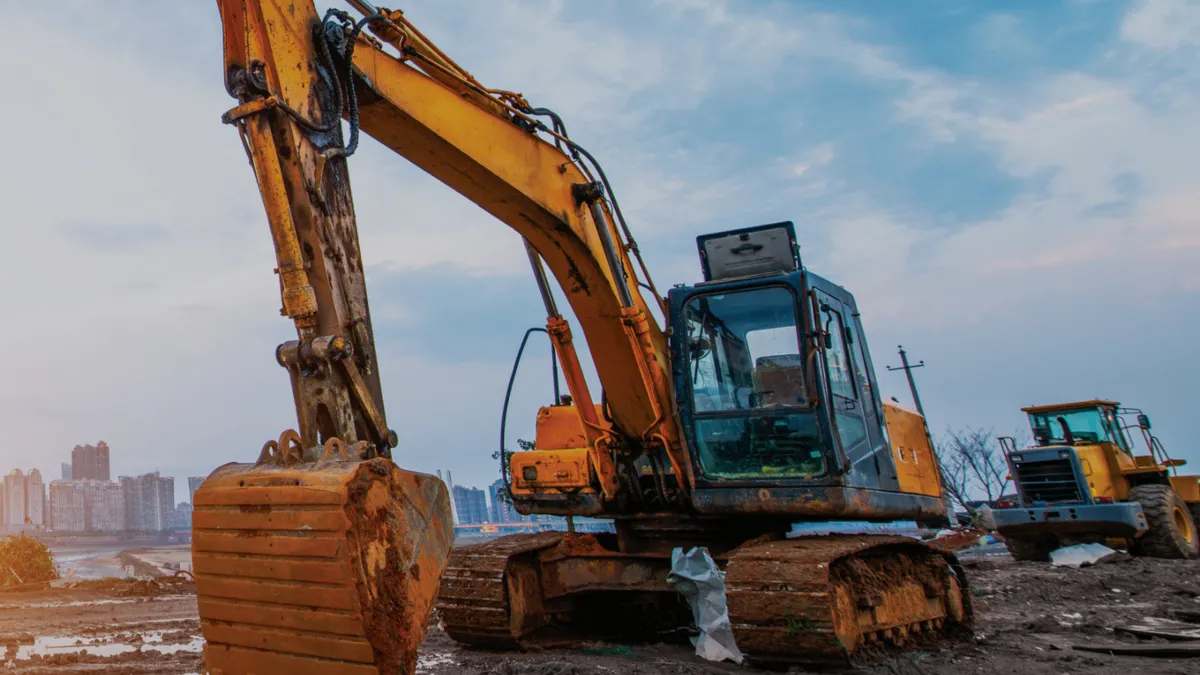Knowing the numbers — idle time, fuel usage and maintenance schedules for your heavy equipment — is important. Unfortunately, on many job sites it becomes the only focus with vehicle fleets left ignored and unwittingly becoming the culprits in project delays because they aren’t being monitored or tracked. When on and off-highway vehicles and equipment aren’t viewed and analyzed as a complete productivity picture, it’s impossible to achieve truly maximized uptime.
Construction projects combine the efforts of both heavy equipment and vehicle fleets and count on the effective use of both to maximize uptime. Meanwhile, minimizing downtime and maximizing uptime often get lumped together as one strategy. However, to get the most out of every hour on the jobsite, they should be considered as two very separate strategies with a different set of metrics to measure against.
Similar to watching your favorite sports team all season, there are plays or strategies that can be made throughout a construction project that will determine the outcome — leading to success (championship!) or failure.
Improving productivity on a jobsite comes down to wrangling three main strategies:
- Minimizing Downtime - Defensive Tactics
- Maximizing Uptime - Offensive Plays
- Platform Management - Play Review
Minimize Downtime to Maintain Performance
Some downtime is a necessity as machines need to be serviced and refueled to operate efficiently. However, controlling that downtime is possible when using telematics solutions to help monitor utilization and set maintenance schedules. Minimizing downtime is more about playing defense and maintaining performance and avoiding unexpected equipment failures or repairs. As far as a strategy, minimizing downtime is akin to preventive maintenance and management.
Maximize Uptime to Surpass Past Performance
Pairing nicely with minimizing downtime is the more proactive and offensive approach of maximizing your uptime. No hour left unused, no machine left idle or stranded — this strategy can be executed by analyzing telematics data to ensure that the right equipment or the right aggregate is in the right place and the right time. Having this data at their fingertips, makes the site supervisor the conductor of their entire operation — moving on or off-road vehicles and equipment where they are needed as the project unfolds.
Centralize Data to Plan for Best Performance
Approaching each day with connected data that helps you make better decisions is half of the puzzle when it comes to solving for maximum productivity on jobsites. The second half is reviewing and analyzing data for strategic planning and contract bidding. Having visibility into the performance and outcome of current maintenance programs and equipment management will help you better plan and perform on projects going forward. Fleet utilization analysis tools like Trimble PULSE can help maximize the efficiency of your assets and vehicles. A bit like reviewing the tapes of plays for a team before or after a game, you’re effectively reviewing your equipment and fleet management plays to see what worked, what didn’t to make smart business decisions on the next project or even over the next year.
Closing the Gap
It’s easy to accept the notion that more information is better than less — but having that information and using that information are two very different things. Many construction operators struggle with being able to see the whole picture because their data is housed and analyzed in different tools that don’t talk to each other. Add to that, that vehicle fleets and equipment sometimes tracked and managed differently. This leaves a construction operator to decipher a lot of data all telling different stories about the same jobsite. By centralizing data into a single platform like, recently unveiled, Trimble WorksOS, a higher level of productivity can be achieved because effective strategies in minimizing downtime and maximizing uptime can be deployed — and measured.
Learn more details and tips on how you can maximize uptime by connecting your on and off-highway vehicles and equipment.










